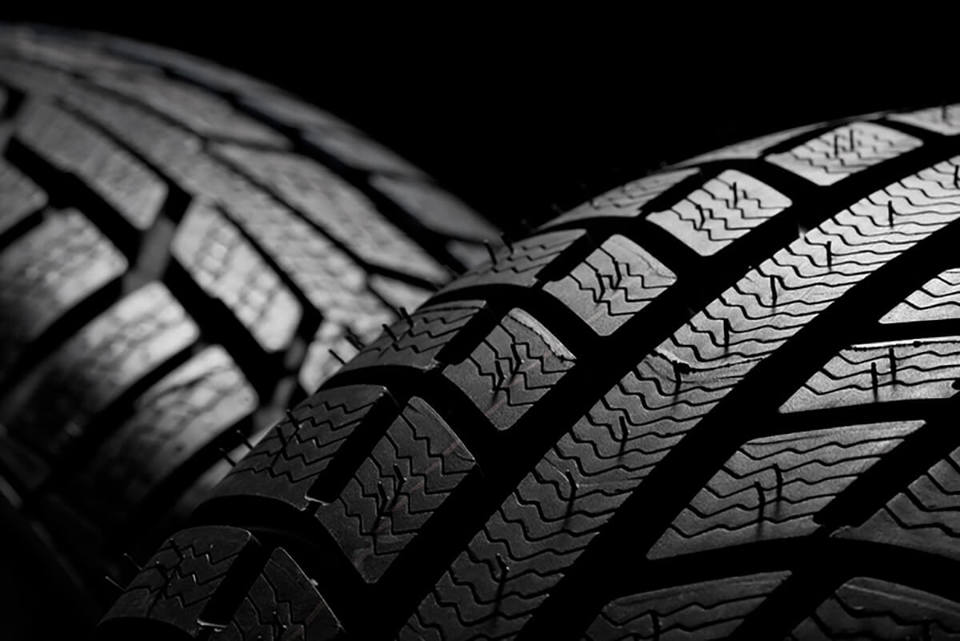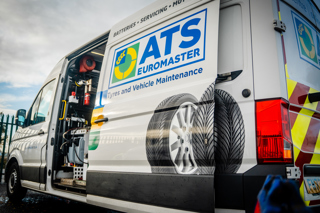As Tyre Safety Month nears its end, Donna Kelly from Nationwide Vehicle Contracts explains why looking after tyres properly is even more important for fleet managers than it is for private drivers.
Figures from the Department of Transport reveal that in 2012, 194 drivers were killed or seriously injured on the UK’s roads as a result of dangerous, illegal or under-inflated tyres. Although representing a fall of 5%, this number is still shocking. Combined with the fact that ROSPA reports that around a third of fatal and serious road crashes involve someone who was at work, tyre safety is clearly a serious issue for fleet managers and drivers alike.
Of course, we’re not saying that personal tyre safety isn’t paramount – it is, and everyone has a responsibility to ensure their vehicle is safe. But fleet operators have a duty of care to their drivers – they must ensure they are provided with a safe working environment, and that includes vehicles.
Fleet operators must ensure their drivers are given a safe working environment. This is backed up by The Health and Safety Act, which requires organisations to ensure the health and safety of all employees while at work, including while using vehicles, as far as is reasonably practical.
As you would expect, the driver of the vehicle must also bear some responsibility. If caught driving with illegal tyres, he or she could face a fine of up to £2,500 and three penalty points per tyre.
So, what do you need to check to ensure your tyres are legal and safe? Stuart Jackson, chairman of TyreSafe, says there are three key areas to check:
“Firstly, are the tyres inflated to the correct pressure?
“Secondly, do the tyres have enough tread to provide grip on wet roads? The legal minimum is 1.6mm but the more tread you have, the better the grip in the wet.
“Finally, do the tyres generally look in a good condition, in that they are free from any cuts, lumps or bulges, and don’t have any objects embedded in the tread?”
If you’re unsure what the correct pressure is for your vehicle, look for the information sticker, which will be either inside the driver’s door or fuel cap, or consult the vehicle’s manual.
TyreSafe also advises that not only will correctly inflated tyres help keep drivers safe, they can also help save fleet managers a considerable amount of money. Here’s how:
- Under-inflation shortens the lifespan of tyres – Extensive periods of under-inflation will cause rapid wear on the edge of tyres, making them last a much shorter length of time than properly inflated tyres
- Over-inflation shortens the lifespan of tyres – Extensive periods of over-inflation will cause higher wear rates in the centre of the tyre, again making them last a much shorter length of time than properly inflated tyres. It also makes the tyres more susceptible to damage
- Correctly inflated tyres improve fuel efficiency – When tyres are under-inflated, their rolling resistance increases, and therefore more energy is needed to make them turn. The need for more energy means there’s a need to use more fuel. According to TyreSafe, driving on tyres that are just 20% under-inflated can reduce fuel economy by around 3%





















Login to comment
Comments
No comments have been made yet.